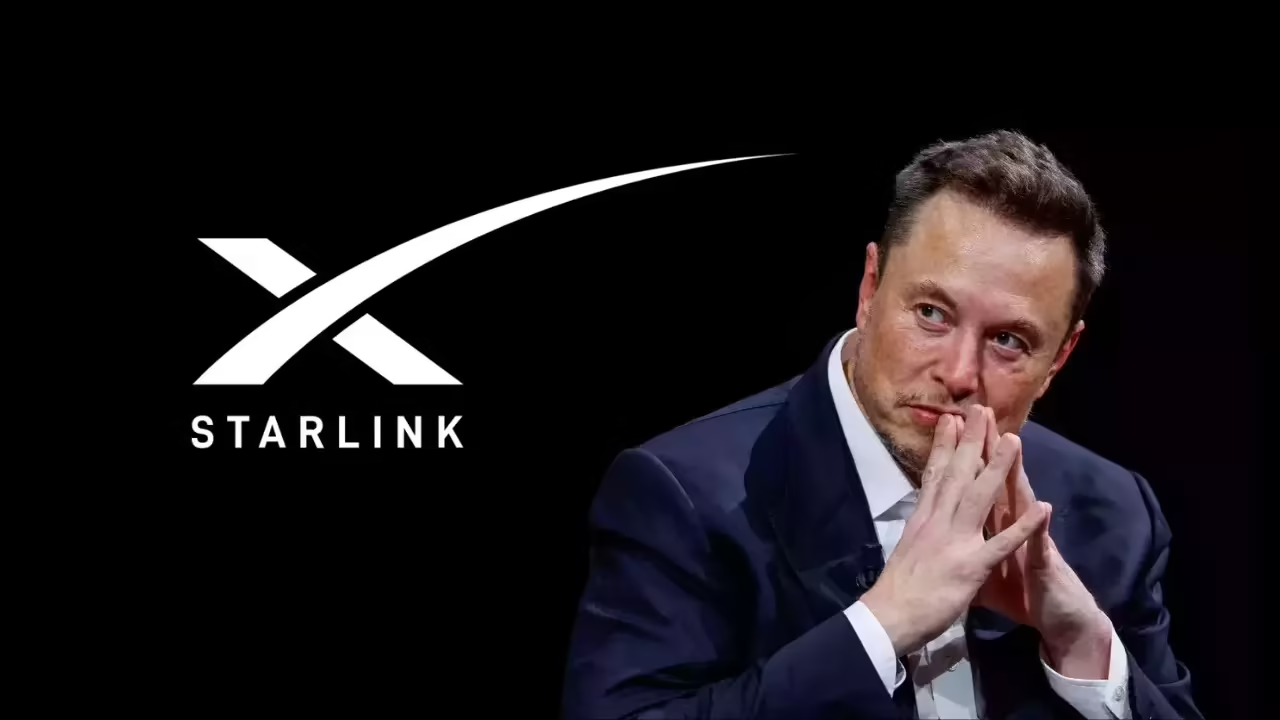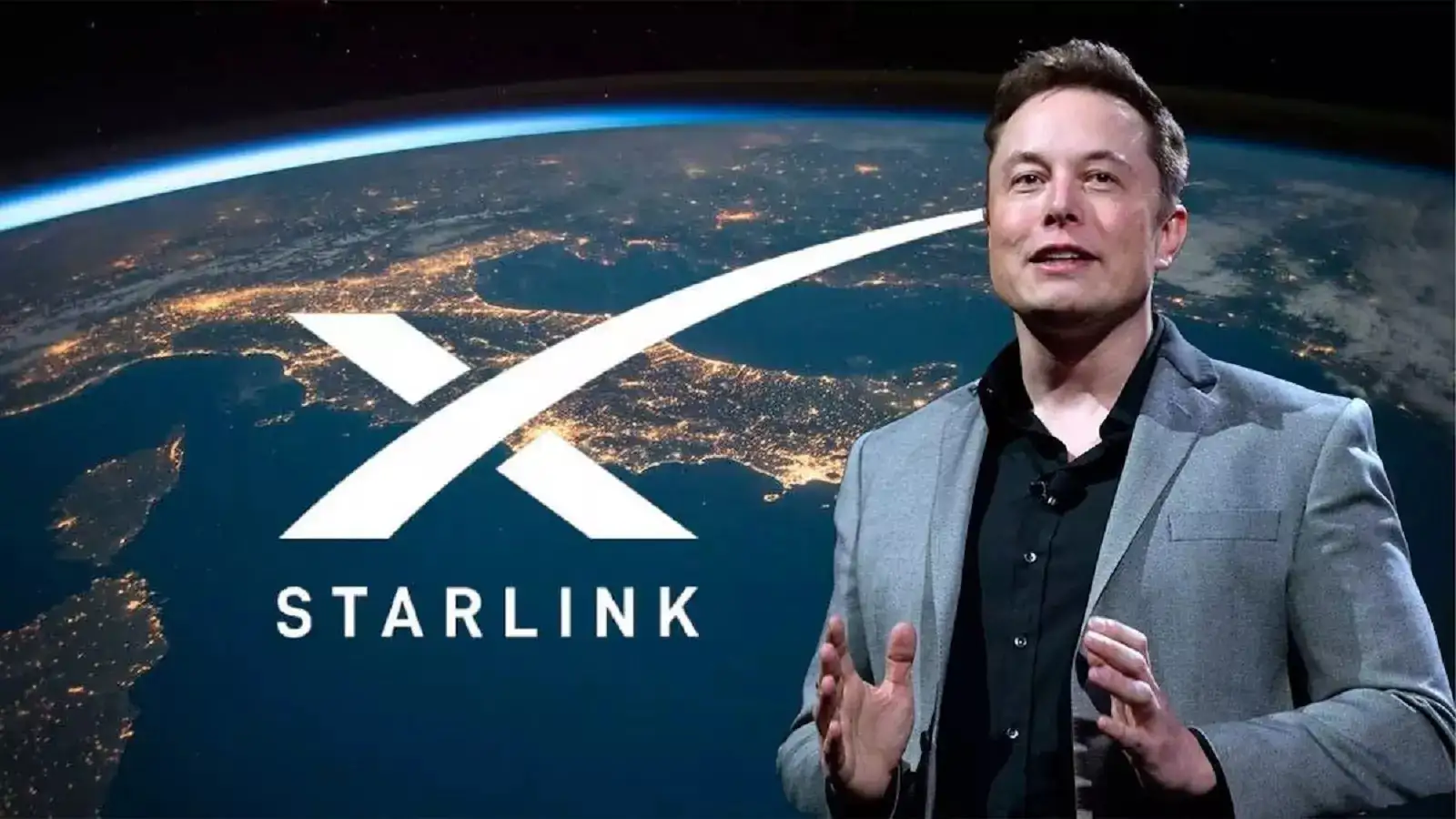Elon Musk’s Starlink has captured global attention as a revolutionary satellite internet service promising to bridge the digital divide. With over 6,290 active satellites currently operational worldwide, Starlink represents the most ambitious attempt to provide high-speed internet access to remote and underserved areas. The service has already expanded to over 100 countries and is projected to handle over 90% of all space-based internet traffic by 2025.
Unlike traditional satellite internet providers that rely on a handful of large satellites, Starlink utilizes a constellation of thousands of small Low Earth Orbit satellites with laser connections, minimizing dependency on ground-based stations and delivering significantly lower latency. This technological approach has enabled Starlink to offer competitive speeds ranging from 50 Mbps to 200 Mbps for downloads and 10-20 Mbps for uploads, with some users reporting even higher performance.
The service’s rapid expansion and technological innovation have generated considerable excitement, particularly among rural communities and businesses seeking reliable internet connectivity. However, with monthly costs starting at $120 and hardware fees around $599, questions arise about whether Starlink delivers sufficient value to justify its premium pricing. Customer testimonials reveal mixed experiences, with many praising the dramatic improvement over previous satellite options while others note limitations in upload speeds and weather-related interruptions.
As Starlink prepares to launch in new markets like India with potentially lower promotional pricing under $10 monthly, the service stands at a critical juncture where its true worth will be tested against growing competition and evolving user expectations.
Performance and Technology
Starlink’s technological foundation sets it apart from traditional satellite internet services. The Low Earth Orbit satellite constellation operates much closer to Earth than conventional geostationary satellites, resulting in dramatically reduced latency of 20-40 milliseconds compared to the 600+ milliseconds typical of traditional satellite internet. This improvement makes Starlink suitable for applications previously impossible with satellite internet, including video conferencing, online gaming, and real-time streaming.

Real-world user experiences demonstrate significant performance improvements. Jim Olson, using Starlink at his Colorado cabin, reported speeds jumping from 20 Mbps to 150 Mbps immediately after installation, with latency low enough to enable live TV streaming. Similarly, Eduardo Dias in Germany experienced speeds ranging from 150-300 Mbps, though he noted upload speeds averaging only 15 Mbps could be limiting for file sharing and streaming.
Cost Analysis and Value Proposition
Starlink’s pricing structure presents both opportunities and challenges. The standard plan costs $120 monthly with a $599 hardware fee, m
aking it one of the more expensive internet options available. However, for users in remote areas where alternatives are limited or non-existent, this cost often represents the only path to high-speed internet access.
The service’s value proposition becomes clearer when considering the elimination of long-term contracts and the flexibility it offers. Unlike traditional internet service providers, Starlink allows users to cancel anytime without penalties, and portable options enable internet access for RV travelers and mobile users. For businesses and government institutions in underserved areas, the high subscription cost may be justified by the productivity gains and opportunities enabled by reliable connectivity.
Global Expansion and Future Outlook
Starlink’s expansion strategy focuses heavily on underserved markets and developing countries. The service is expected to reach over 12,000 deployed satellites by 2025, serving 10+ million users across 100+ countries with average speeds up to 1 Gbps. In India, promotional pricing under Rs 1,000 monthly suggests Starlink’s commitment to making satellite internet accessible in price-sensitive markets.
The company’s ambitious growth plans include addressing regulatory challenges and dramatically boosting network capacity to support tens of millions of users. With competitors like Amazon’s Kuiper and OneWeb also expanding their services, Starlink’s first-mover advantage in operational worldwide coverage positions it well for continued market leadership.



